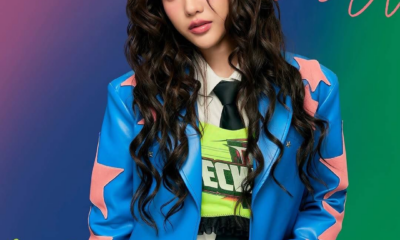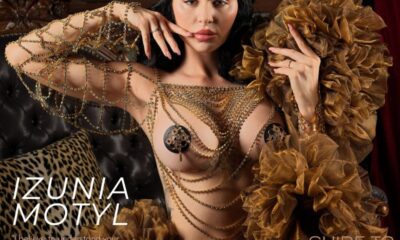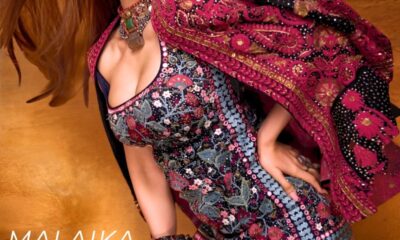Dreamscapes
Some Indian Traditional Art-forms of India | Dreamscapes

Artist Copyright : Shruti Vij : [Dreamscpaes by Fashion Herald]
Madhubani art (or Mithila painting) is a style of Indian traditional art, practiced in the Mithila region of the Indian subcontinent. Madhubani is painting is done with a variety of tools, including fingers, twigs, brushes, nib-pens, and matchsticks and using natural dyes and pigments. It is characterised by its eye-catching geometrical patterns. There is ritual content for particular occasions, such as birth or marriage, and festivals, such as Holi, Surya Shasti, Kali Puja, Upanayana and Durga Puja.

Artist Copyright : Shruti Vij : [Dreamscpaes by Fashion Herald]
Kalamkari is a type of hand printed or hand block printed cotton textile. Kalamkari refers to the ancient style of hand painting that is done with a tamarind pen, using natural dyes. Literal meaning of Kalamkari is kalam, which means pen and kari which refers to craftsmanship; which is derived from a Persian word. Motifs drawn in this ancient art of Kalamkari, include flowers, peacock, paisleys and also divine characters from Ramayana and Mahabharata. Kalamakari was born out of an art of story-telling. In ancient times, people used to travel from village to village and told stories; some of them even drew it on a canvas.
Phad Paintings
Phad painting or Phad is a style of religious scroll painting and folk painting, practiced in Rajasthan. This style of painting is traditionally done on a long piece of cloth or canvas, known as “Phad”. The narratives of the folk deities of Rajasthan, mostly of Pabuji and Devnarayan are depicted on the phads. The Bhopas, the priest-singers traditionally carry the painted phads along with them and use these as the mobile temples of the folk deities. The phads of Pabuji are normally about 15 feet in length, while the phads of Devnarayan are normally about 30 feet long. Traditionally the phads are painted with vegetable colors.
Pichwai Paintings
The word Pichwai has its roots in Sanskrit: pich or ‘behind’, vai or ‘textile hanging.’ A traditional art form practiced in Nathdwara, Rajasthan, the Pichwai is an intricate painting that depicts theatrical scenes from Lord Krishna’s life, typically hung behind the sanctum of his own manifestation, Shrinathji. These elaborate textile hangings celebrate joyous adoration for Lord Krishna, and were originally designed to create a devotional atmosphere for the daily ‘shringaar’ — the special adornment of the deity.
Pichwai refers to the temple hanging that depicts mythological stories of Nathdwara’s resident deity, Shrinathji, a manifestation of Krishna.























